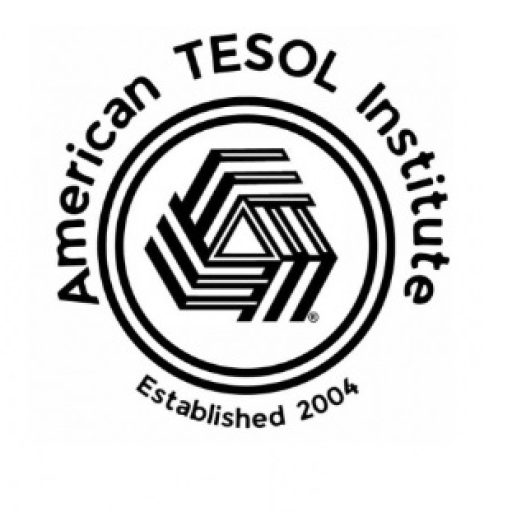In the age of technology and innovation, engaging ESL learners requires moving beyond traditional linear lesson plans. Enter ergodic teaching, inspired by the concept of ergodic literature, where learners must actively engage with the material in creative and non-linear ways. By requiring students to interact with lessons in a dynamic and immersive manner, ergodic lesson plans can transform the language-learning experience into an exciting and memorable journey.
Here are four innovative ways TESOL teachers can incorporate ergodic principles into their lesson plans:
1. The Mirror Challenge
Activity: Design a lesson where key vocabulary, phrases, or instructions are written in reverse, requiring students to use a mirror to read and interpret the material.
How It Works:
- Write reversed text on worksheets or display it on a screen.
- Students use small mirrors (or their phone cameras in selfie mode) to decode the text.
- Include a mix of vocabulary exercises, comprehension questions, or even reversed dialogue for pair activities.
Why It Works: This activity enhances problem-solving skills, keeps students engaged through novelty, and reinforces vocabulary and sentence structures as students repeatedly read and decode the material.
Example: A reversed recipe for making a smoothie introduces food-related vocabulary while also requiring students to arrange the steps in the correct order.
2. The Scavenger Hunt Lesson
Activity: Create a classroom scavenger hunt where students must solve riddles, interpret clues, or perform language-related tasks to progress through the lesson.
How It Works:
- Scatter clues or task cards around the classroom (or online for virtual learning).
- Each clue leads to the next station, where students complete language exercises like translating idioms, forming questions, or identifying grammar errors.
- End the hunt with a team-based challenge to foster collaboration.
Why It Works: This activity combines physical movement with language practice, making the lesson both active and mentally stimulating. It also encourages teamwork and critical thinking.
Example: A theme-based hunt (e.g., “Travel Around the World”) where each station represents a country and teaches culture-specific idioms or vocabulary.
3. Interactive Choose-Your-Adventure Stories
Activity: Adapt the “choose-your-own-adventure” story format to ESL lessons, allowing students to make choices that influence the direction of the story.
How It Works:
- Write a story with branching paths, where students must choose what the characters do next based on prompts (e.g., “Do they take the bus or walk?”).
- Each choice leads to a different scenario with specific language challenges (e.g., completing dialogues, correcting grammar, or solving puzzles).
- Include group discussions where students justify their decisions in English.
Why It Works: This approach builds narrative and conversational skills while keeping students invested in the outcome of the lesson. It also mirrors real-life decision-making in English.
Example: A story about a character navigating a new city, where students learn travel-related vocabulary and practice conversational English through scenario-based choices.
4. Puzzle-Based Grammar Lessons
Activity: Incorporate crossword puzzles, word searches, or jigsaw puzzles that require students to unlock answers by applying grammar or vocabulary rules.
How It Works:
- Create puzzles where each clue relates to a grammar point or vocabulary word.
- Students solve the puzzles collaboratively, explaining their reasoning as they go.
- Include bonus challenges, such as matching idioms with their meanings or forming sentences using the puzzle answers.
Why It Works: Puzzles stimulate critical thinking and reinforce language concepts through repetition and context. They also cater to visual and kinesthetic learners.
Example: A crossword puzzle where each answer is a verb form, with the clues requiring students to convert present tense to past tense.
Benefits of Ergodic Lesson Plans
- Enhanced Engagement: Students stay motivated and curious due to the interactive and unpredictable nature of the lessons.
- Critical Thinking: Learners develop problem-solving skills as they navigate non-linear activities.
- Active Participation: Ergodic plans encourage students to actively interact with the material rather than passively absorbing it.
- Memorability: Unconventional methods like using mirrors or scavenger hunts create lasting impressions, aiding long-term retention.
Conclusion
Ergodic lesson plans offer TESOL teachers a creative way to invigorate their classrooms and cater to diverse learning styles. By requiring students to decode, explore, and interact with lessons in non-traditional ways, these methods make English learning dynamic, engaging, and effective. Embrace the power of ergodic teaching and watch your students thrive!



